“Just kill that one,” Tom Smithers said. He skillfully and int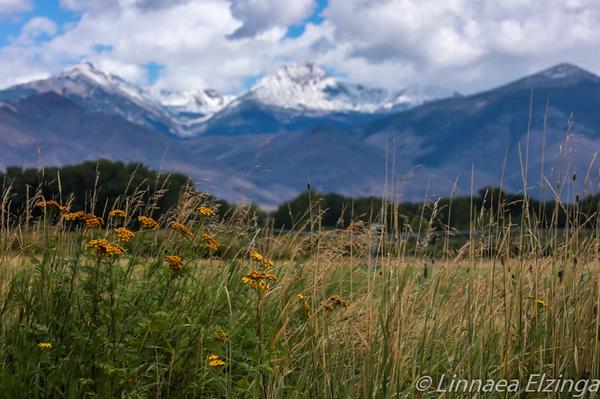 entionally spat some tobacco juice in the manure dust, just to the right of my feet. “Yep. Just kill ‘im. He ain’t got a chance, Glenn.” His eyes drifted up to the barn rafters, sunlit by holes in the roof as he eyed the contraption from which the 800 pound steer hung. It was a complicated looking tangle of come-alongs, ropes, and chains attached to a sort of stretcher with four leg holes in it. Mauve-yellow upholstery fabric of a 1970s vintage supported the steer’s belly.
entionally spat some tobacco juice in the manure dust, just to the right of my feet. “Yep. Just kill ‘im. He ain’t got a chance, Glenn.” His eyes drifted up to the barn rafters, sunlit by holes in the roof as he eyed the contraption from which the 800 pound steer hung. It was a complicated looking tangle of come-alongs, ropes, and chains attached to a sort of stretcher with four leg holes in it. Mauve-yellow upholstery fabric of a 1970s vintage supported the steer’s belly.
“How long’s he been hanging there?” As if in response, the steer weakly moved his legs, creating a little swinging motion when his hooves barely scratched the ground beneath him.
“It’s been about 15 days now.” The rafters above creaked a little as the steer swung. I wasn’t sure how many more pounds the graying wood would have held. “The little dude wouldn’t get up, so Ron and I rigged this device to keep him upright, so his blood wouldn’t pool.”
Ron was the rancher, now in his mid-70s that we bought the place from. He still lived on the ranch, with his wife, Frances, on a life estate we deeded to him. He’d become a friend and de-facto provider of cowboy wisdom that he earned over the years on the back of a horse, making do and enough cash to survive. I told him about my steer—number 16—that got knocked flat by pneumonia. Wild swings of changing spring weather could be hard on the respiratory systems of yearlings coming out of winter, and sure enough, he went flat with lungs full of fluid in just two days. I put him on the most high-powered antibiotics I could find. He seemed to be over the hump as his breathing ability stabilized, but he was still too weak to get up. I knew enough to know that a cow or horse that can’t get its feet under itself and stand in a few days likely never will again. They are animals made to stand upright. Lying down for a prolonged time always causes problems.
Over midmorning coffee, I told Ron about my hare-brained steer levitation idea. He listened over a smoke and a fourth cup of coffee as he always did, took a big drag from his Marlboro, and exhaled slowly. He smoked consummately, as did nearly every cowpoke of that generation. One day, it would kill him, as it did his peers. While the blue haze swirled and dissipated, he stood up, extinguished the cigarette in the ashtray, took one more swig of coffee, and said, “Well, what are we waiting for?” He flashed his best gold toothed grin.
So we grabbed some wood, and the upholstery fabric from Frances, and went to work with knives, saws, hammers and nails. We rolled number Sixteen on to the sling as soon as we were ready. Within minutes, we were ratcheting up the come along, pulling ropes and steadying Sixteen as he left the ground. In a minute or two, he was airborne, ground dweller no more. He was out of the manure mess. At least he would be dry up there. I felt better already.
I fed him a little hay every few hours in an extension of the sling we built for him as a little feed trough. Water was a little tougher; I had to hold the bucket up to him several times a day, while he drank, slowly at first. Within a few days, I took him off the antibiotics, and just supported him”¦both in recovery and in stature.
Caryl would come by walking our bundled-up toddler, Melanie, every now and then. She just looked at the affair, bemused. But my bride didn’t pass judgement and stood watching silently. She’s got animal blood in her veins, and would have stopped me in my tracks if she didn’t see any hope.
Hope was something I wasn’t sure I had. 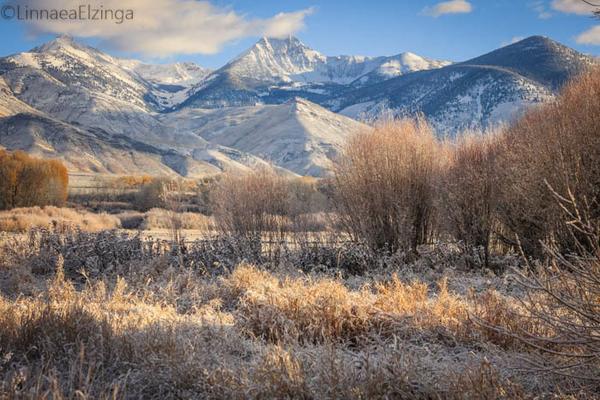
Sixteen was the progeny of a straight black Angus mom, also numbered 16, and the son of a Hereford bull named Spike. He was born next to a snowbank on Alderspring a year earlier on one of those high sun spring days where the temp swings from the high 70s to the low 40s in a matter of minutes when snow squalls interrupt the onset of spring with a wintry defiance.
He was marked by a white blaze across his forehead across an otherwise black body, markings that would define him as a “black baldie,” a type of calf that comes from crossing a black angus and a Hereford. Sixteen had lived the idyllic life of an Alderspring steer, running with other calves across the flowering and sun-drenched pastures. He grew buttery fat on the rich and wild grasses, washed down by mom’s milk. He wintered well, but he drew the pneumonia card that spring, and should have been dead by now.
Tom Smithers looked over at me, slowly shaking his head with a sort of sympathetic but mostly patronizing grin. I hadn’t been ranching long, and he knew I didn’t know much. “Just pull him down from the ceiling, Glenn, and put a bullet in his head. He’s a goner. Fifteen days”¦It’s just too long.” He turned to leave as Sixteen’s dangling feet twitched across the ground. The ropes continued creaking in the rafters. He looked at me once more through his pickup windshield, still shaking his head, and backed down our lane.
I looked back at the steer. Maybe Tom was right. I was pretty dang busy at this time of year. I didn’t need another job. And after several feedings and tending to keeping his place and him clean, by the end of the day, I’d think about a round from the .357 Magnum. Close range. Immediate. Job over. But I’d sit down with Caryl for a dinner after dark after a long daylight day, and we’d pray for the little dude before we ate. The antibiotics had taken out the pneumonia, sure, but there was nothing we could do about those floppy legs. Praying was our only hope.
Those first years on the ranch were hard. It was one step forward and two back. Cash was tight, and we lived out of our garden, put food in jars and shot wild elk for meat. Every dime we made went back into the ranch. Brutal spring blizzards would push calving cows into the thick brush. By the time we found baby calves under drifted snow by flashlight, some would be cold and mostly dead. Occasionally an eyelid would flicker, and we immerse the frozen black carcass in our house bathtub, submerged in warm water. The mass would start twitching, and our kids would hold the steer’s head above water. Some would miraculously revive, and in a couple of hours a black calf would be running around the kitchen, looking for Mom. We’d dry him off, throw him in the pickup, and reunite him with his waiting mom in the brush, away from the brutal wind and driving snow.”‹”‹”‹”‹”‹”‹”‹
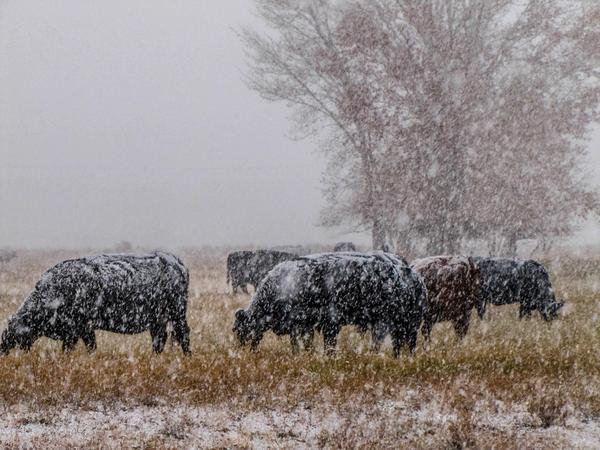 Summer would come, short of precipitation. We were in drought in those years. Hay crops would wilt in the unforgiving desert dry. Yields would plummet.
Summer would come, short of precipitation. We were in drought in those years. Hay crops would wilt in the unforgiving desert dry. Yields would plummet.
“‹”‹”‹”‹”‹”‹”‹But it wasn’t about just the money. It was what was going on in our mind”¦our heart. You see, it was a hardscrabble existence that tested our mettle and love for the land and the critters on it. I’d seen neighbors that just got hardened by those elements, and lost the first love of their animal charges. They would start kicking the dog, whipping horses and hotshotting cows. They were bitter. Angry at God, Mother Nature, or all of the above.
Thank God I never got there. But I couldn’t judge them. It was a hard life.
The next morning after Tom’s visit dawned bright and clear. There was no wind. The sun wasn’t up yet, but light was nearly full on. First stop was the barn, and Sixteen. A little sleep always changed my outlook from pessimism to optimism. A guy could get excited at what the day might bring. And that was one thing about this ranch life: after 24 years, I have yet to find boredom.
I swung open the barn door, and stopped in my tracks. Sixteen turned head toward me and gave a low hay hungry moan, as if to say, “Where have you been? ‘Bout time you showed up.”
He stood straight and square on all four legs, shifting weight like a normal steer would. His starved and shelled-out body stood just barely clear about the upholstery fabric as he mostly bore his own weight. I didn’t take time to marvel. I needed help to get the contraption off of him. I turned and ran up to Ron’s house. I saw him through the window, coffee cup in hand, shaft of first sunlight beaming in the kitchen through the light blue haze of the morning’s first cigarette. He caught my eye, and raised the mug. Gold tooth grin. He knew; he had been there already, after his first cup of the day.
Sixteen grew. And he remembered me. He’d separate from the herd, coming over, acting different, less wild than the others. Did he feel gratitude? He got big, fat. A picture of black baldie perfection. 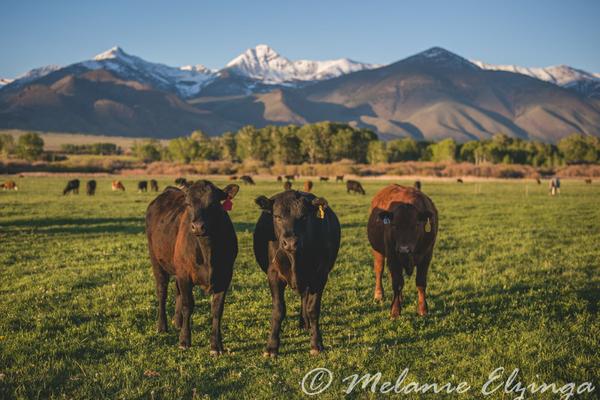
A few weeks later, I saw Tom Smithers in the checkout line at Saveway, the local grocery store. I was behind him in line. He didn’t notice me until he was peeling greenbacks out of his wallet. He smiled. “Didya shoot that steer, Glenn?”
A year later, we sold Sixteen on the commercial market. He was fat and finished, like any beef steer that goes to market and slaughter. Slaughter may come as a surprise, after all we had done, but it’s not like they’re friends, these bovines. I mean, I do love cows, but they never really connect with you like a dog or horse can; those grab your heart, which is why the old ones live in retirement on the ranch until they die. I had a neighbor who bought a bull for a pet and named him Samson. It wasn’t more than 2 years before Samson tried charging and goring my neighbor in the gut, despite my human neighbor’s persistent overtures at friendship. Needless to say, Samson soon became steak, as did Sixteen.
We couldn’t sell him on our newly blossoming grass fed beef program. We ran a “no-antibiotics, ever” program, even before we became organic. Then, as now, the only time we use antibiotics is to save the life of an animal. But those animals, once treated, are not sold under our Alderspring label. (Most of these then, and now, are sold to local friends who are happy to get beef with full disclosure, animals whose antibiotic treatment withdrawal time dramatically exceeds the standard, and who have not been fed sub-therapeutic antibiotics as part of the common feedlot regimen shortly before slaughter).
We’ve learned a lot since those early days. We no longer have our calves born so early in the spring, but have moved our calving date into the late spring when the native grazers around us are having their babies. We’ve learned management techniques that keep animals at a high health level, and they are usually able to recover without intervention from us. It’s rare we need to even use antibiotics, and many years we graze nearly 400 head of cattle and never have to “doctor” any. Sure, we use and respect science and technology. But while we do, we walk surrounded by a sort of living beauty and things like art and love for the land and critters comes in; sometimes, they push their way to the forefront. If you’re a rancher, and fail to see those things, well, you might have all the money, but I don’t think you’ll ever be rich.
Happy Trails, partners. Here’s to you; I’m hoping you find your riches in the life you choose.
Glenn, Caryl, Girls and Cowboys at Alderspring

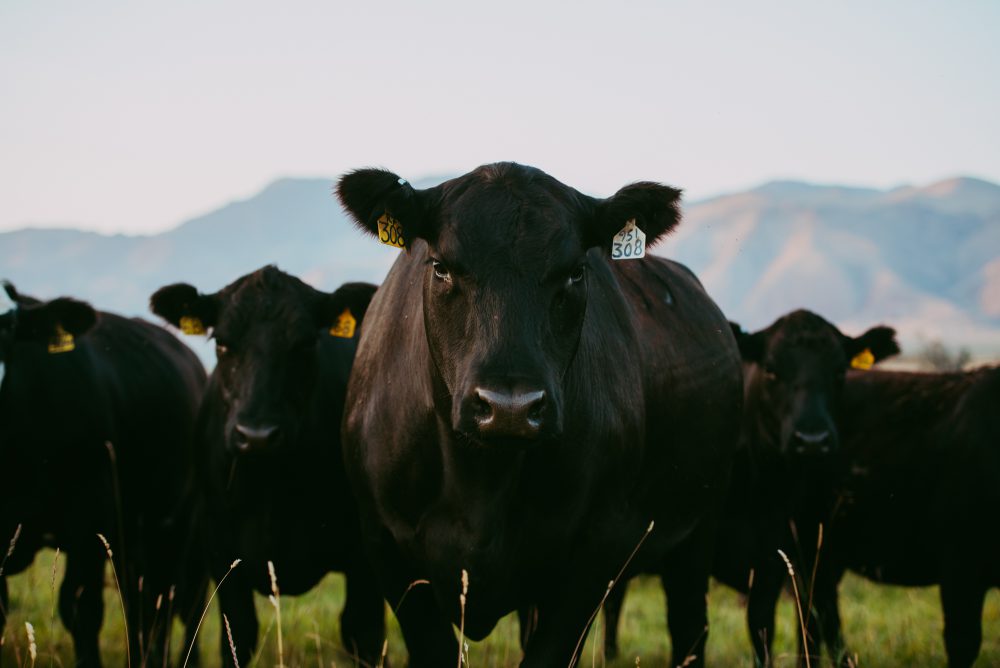
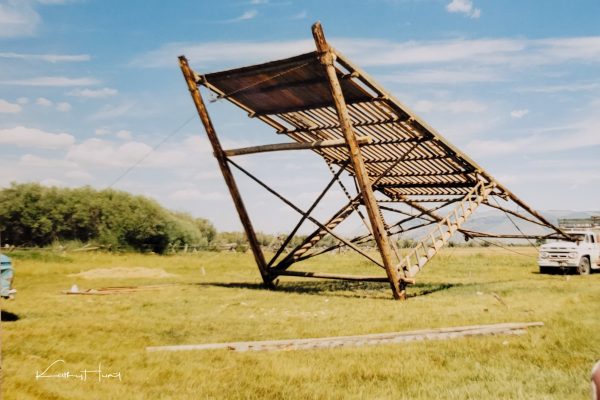




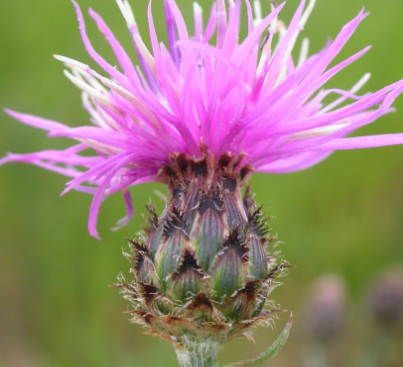
Leave a Reply